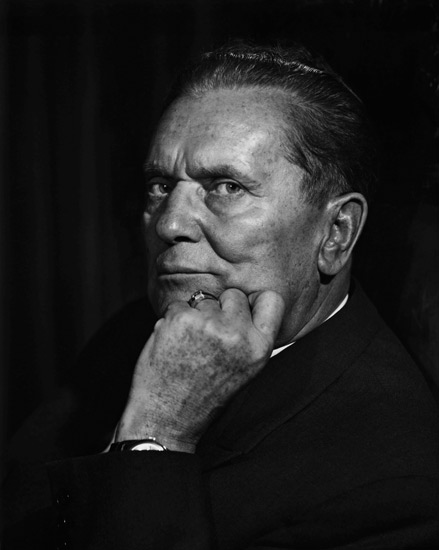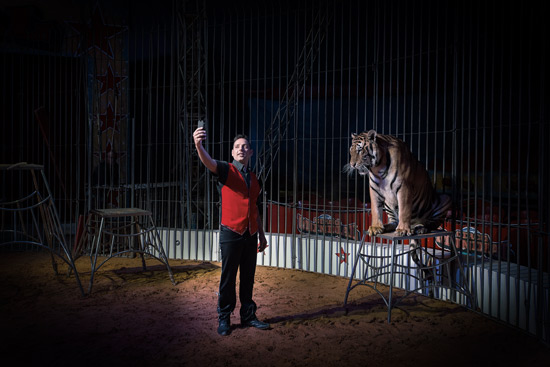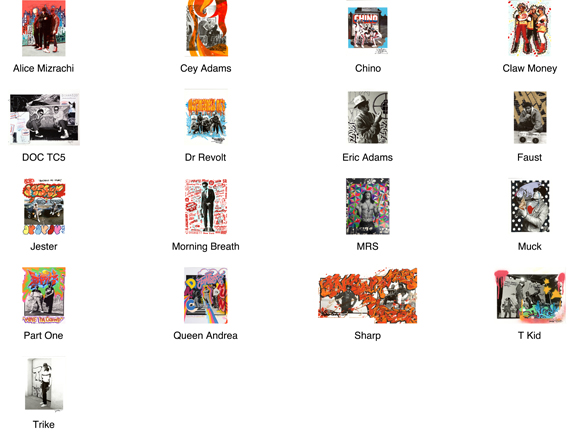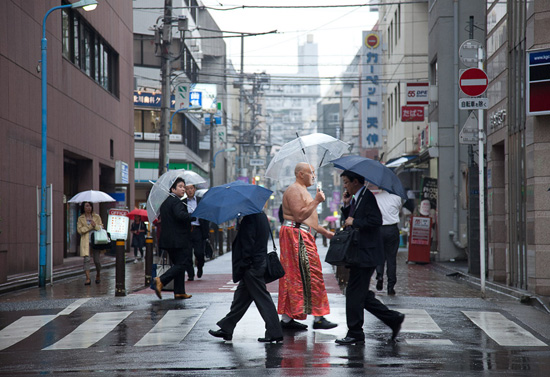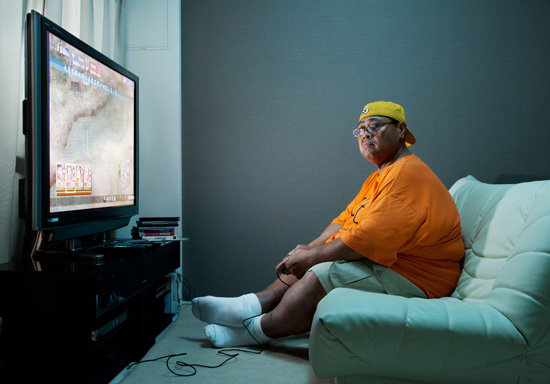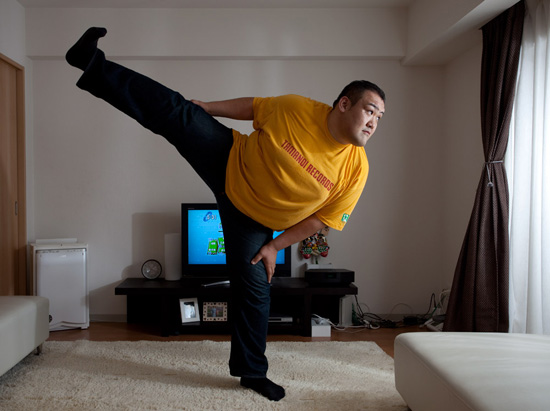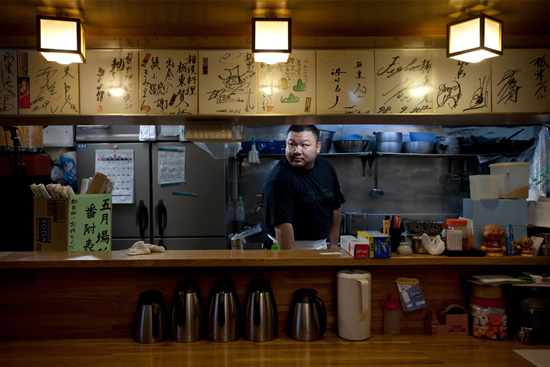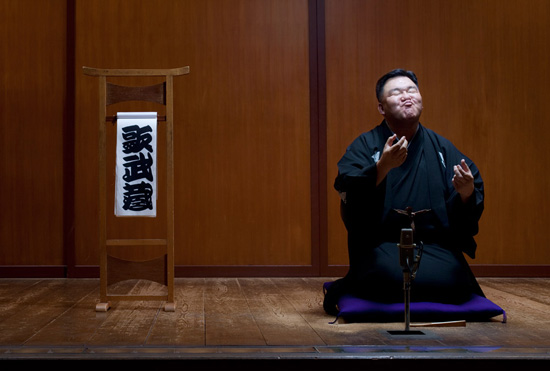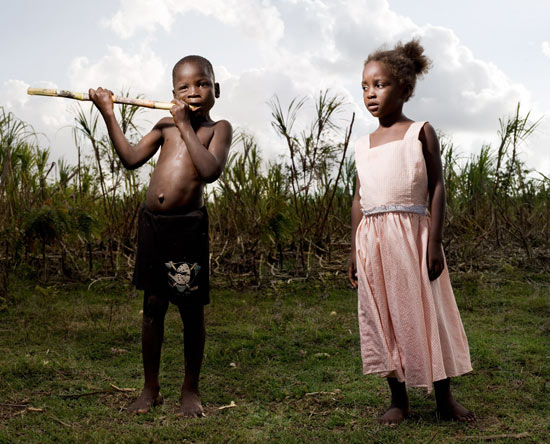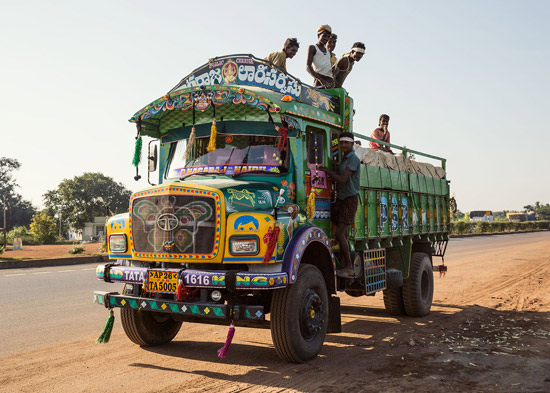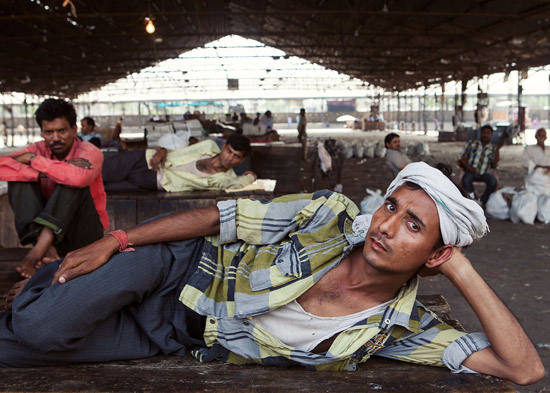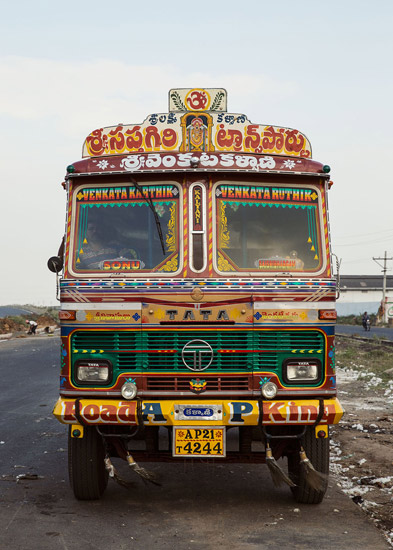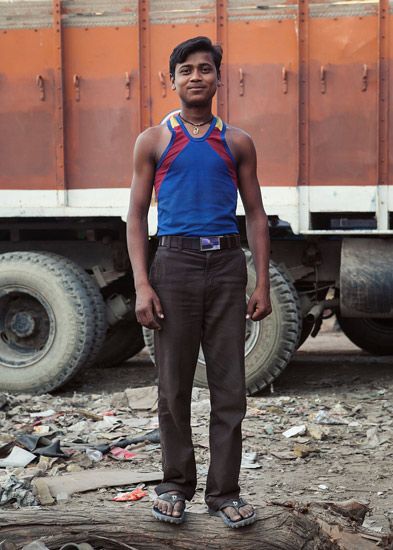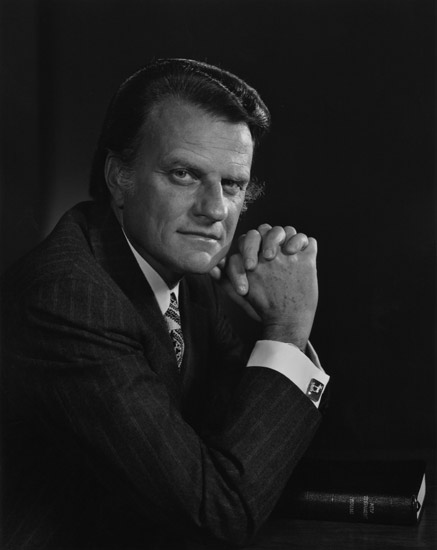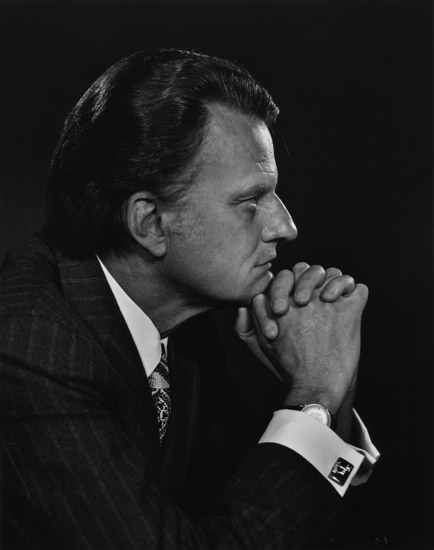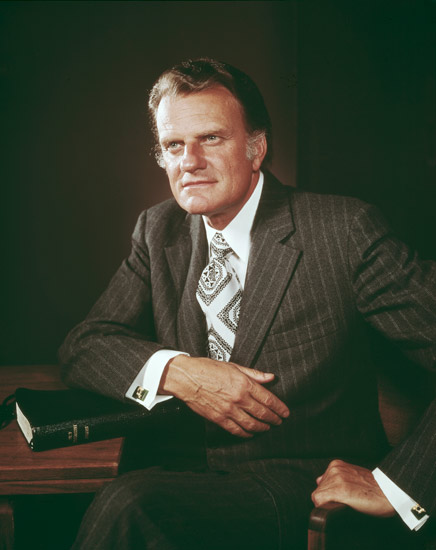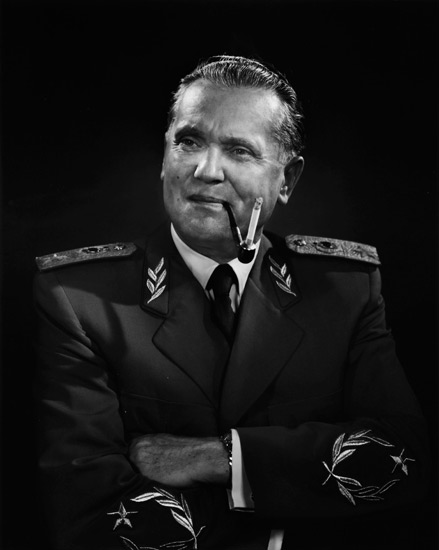
Some fresh images in to the Karsh digital archives, of Josip Broz Tito, a Yugoslav revolutionary and highly decorated statesman. Also, a creative smoker!
All images © Yousuf Karsh
Alice Mizrahi "I started spraying in 2005 but I already had a studio practice and was formally trained at Parsons. Merging the two was a natural progression. I had been immersed in graff and hip hop culture as a young girl through my brother. The first official mural I painted was in 2005 for The Meeting of Styles in Greenpoint, Brooklyn. Before that, I remember catching tags in my neighborhood as a teenager along a trail by the tracks we called the 'Go Path.'"
"I chose the Beastie Boys photo because I grew up listening to them and they were a huge influence in my work as a young artist coming up. I also love the red color in the photo and the live vibe I got when I saw it."
Cey Adams was the founding creative director of Def Jam Recordings and is known for his work with Beastie Boys, Public Enemy, LL Cool J, Run DMC, Jay-Z, and Mary J. Blige. "I was 16 or 17 when I first started writing graffiti. The first place I really wrote was my room. My parents used to get so angry."
"I was lucky enough to work with a lot of Janette's subjects. Keith was a really special guy and he always made you feel special when you were around him. I used to love going to his studio, this photo takes me right back to that time."
David "Chino" Villarente "The first tags I ever took were on the bathroom walls in my elementary school towards the tail end of the 6th grade, but I didn't start writing on trains until 1983, I was 15 years old."
"I chose Janette's photo of Stetsasonic posing in front of Stetson's Hats. I grew up downtown Brooklyn, not far from the Fulton Mall. In the mid/late 80's I was involved in a cross-out war with another graffiti writer. Several of my crossed out tags appear in the background of the photo I selected. The Stetsasonic photo was published in either Word Up or Right On magazine, this was the first time I saw my name in print."
Claw Money "I started writing in my early 20's - I was late to the party! The first wall I ever painted was in Jonone's studio in Paris in 1990. I think?!?!?"
"I chose Salt-n-Pepa. This was all about female empowerment and I loved these girls for it!"
DOC TC5 "I picked up my first spray can in 1977, I was 13 years old. I painted the bleachers in the handball court in Cypress Hill's Projects."
"I chose this photo because I couldn't let anyone else paint on Dondi White's face because I was one of his last students."
Dr. Revolt began his practice in 1977 as an original member of the historic New York City graffiti crew, The Rolling Thunder Writers (RTW). He contributed to classic hip-hop films "Wild Style" & "Style Wars" and created the 'YO! MTV RAPS' logo.
"I started writing too long ago - the 70s. First place I wrote? Wherever it was it was "funky." I didn't choose the Ultramagnetic photo, it was given to me. All the other good ones were taken. Actually I was inspired by the magnetic properties thereon."
Eric Adams "I started writing when I was a kid. As far back as I can remember trying to recreate everything I saw my Dad (Cey Adams) do. It just came to me naturally as time went on. I can't say I did a wall but the first thing I remember doing was a piece for my school back in 1996 for a play we were doing based on hip hop."
"The reason I chose the Flava Flav photo to do my piece on was because of my father and his connection with Def Jam and Public Enemy. I can remember plenty of photo shoots where I met the group and I even had the chance to take a photo with Flav when I was a kid. (One of my dad's favorite pictures) So I figured it would be awesome to do something on Janette's photo of him."
Faust "I was drawn to this photo of Afrika Bambaataa because I loved his pose and boombox, emblematic of the era, but also the brick wall was apropos for the collaboration. The ideal surface for a graffiti artist. I wrote the words "hip hop" in the background since he's often regarded as the Godfather of Hip Hop. The first time the term "hip hop" appeared in print was in a Village Voice interview with Bambaataa and he was also instrumental in the spread of hip hop culture worldwide."
Jester (credited as the originator of the 'Bubble' lettering) "I started writing at the age of 13 in 1971. I continued till I was 19, I only stopped because my daughter was born in '78 and I needed to put down the spray cans and pick up the diapers. First wall or first train? I'll go with first train, back in '71 I went to the 4 line layups one Saturday afternoon and jumped down on the tracks and did some tags on the side of the train. It was either 170 St or 176 St. What a rush!!"
"I chose EPMD photo, simply because they were one of my favorites from back in the day. I love their raps and have at least 3 of their tapes (yup tapes, remind me to transfer them ASAP)."
Morning Breath "We chose the image of Slick Rick because of its iconic impact, and felt it would work best with our style of graphics. It gave us the negative space to collaborate and bring something to the image without overpowering or making the figure insignificant in any way. We usually have done this style using a central illustrated image. it was nice to switch it up with a photographic element for this collaboration."
MRS "I started writing graffiti in high school, I think I was 16. I think the first place I wrote on illegally was a broken down fence in my neighborhood. I used fluorescent pink and black Rusto paint. It was very sloppy, very transparent, very poorly constructed all around but still as great as any of my most perfect pieces because it marked a new chapter of my life."
"I chose the image of Melle Mel because I was attracted to its energy. The brick wall behind him felt like a familiar canvas and a good place to start. My brother introduced me to his music when I was younger and I've been a fan ever since, this is also why I really wanted to work with this photo."
Muck "Long before this project, I started writing in Greece mid 80's behind a potato storage shed on the island of Lesbos, 93/94, I tagged the word "unity" and a globe blowing up."
"I chose the LL Cool J image cause I painted a green version of it once from a photo I found on the internet."
Part One "I began writing when I was 11 years old in the 7th grade. My first wall I painted was a school yard in my neighborhood of Spanish Harlem, I was 12 years old."
"I chose this image because I've always admired Eric B & Rakim for their contributions to the culture, especially Rakim for his acknowledgment."
Queen Andrea "I always loved to draw as a kid, but really began to consistently practice graffiti lettering when I was about 14, it was the first art form that truly fascinated me and I immersed myself in practicing tagging and letters. I was hellbent on learning how to do burners! My first real piece was on the outside of Lucky Strike restaurant on Grand Street in Soho, Manhattan, where I grew up. I was 15 years old."
"I started listening to RunDMC in 1984 when I was a little kid, with my older brother. They always had some of the most original, witty and hard hitting lyrics. They're still one of my all-time favorite hip hop groups."
Sharp "My connection to Janette as a photographer is deeply rooted, many of the images she captured in the golden age are moments that represent the formative years of my evolution of life into manhood. These photos are like forgotten postcards to my youth."
"I chose the picture of Donald Dee and Bronx Style Bob as it is a reflection of a period of time which holds a special place in my heart, in 1989 Los Angeles was 'the place'. This photo was more than likely taken in the parking lot at the video shoot for Donald Dee's debut album F.B.I.; I may have been standing a few feet away, I passed by that day to chill during the filming of the video."
T KID "I started writing graffiti at 12 yrs old when I was drafted into the neighborhood gang. My first tag was king13 at 16 yrs of age (1977). After getting shot due to gang violence I changed my name to Tkid170 and became a king of subway graffiti. I tagged the park I played in, it was on Morrison Ave and Watson Ave, south Bronx. Then it was nothing but subway cars."
"I chose the picture of Fab 5 Freddie from 1982 cause it was part of the wild style movie and since I'm an original member of the wild style gang I thought it would be appropriate."
Trike "I was just 10 years old when I started writing in the early 1970's. My first wall was in Red Hook, Brooklyn, all the way down at the pier."
"This photo of Dr Dre reminded me of the time when I was catching crazy throw ups in LA in 1981. So it was perfect. I thought if I was in South Central what would I have done? Obviously a quick throw up and get the hell out!"
Hoshitango Imachi © Reed Young
From another of
Reed Young's intriguing photo series, we bring you Life After Sumo. "They're chefs and bar owners, but also hip-hop singers and TV comedians. After retiring from the ring, the road for champions of the legendary Japanese sport divides. But their second life, to be invented, is built precisely on discipline and hard work. Only to discover that the spirit of fighting is in their blood and always will be. I strongly recommend you
visit this series on Reed's website where he writes extensively about sumo wresting, and interviews some of the ex-wrestlers that he photographed. Good stuff.
Above: Hoshitango Imachi is a 44-year-old Argentinean who moved to Tokyo when he was 21 to attend the University of Chuo. After arriving he become a sumo wrestler so he could support his family back home. Now he's an official Japanese citizen and works as a professional wrestler for the Japanese company DDT (The Dramatic Dream Team).
Konishiki Yasokichi is a 45-year-old retired sumo wrestler and one of Japan's most recognizable celebrities. Now that he's retired from the sport that made him so popular, he's become a hip-hop artist and host of his own children's television show. He was the heaviest sumo wrestler of all time weighing 580 pounds (264 kg). Two years ago he underwent gastric bypass surgery and has lost much of the weight that previously threatened his good health.
Yoshitoku Tashiro is a 33-year-old retired sumo wrestler who now works as a writer. He recently published a best-selling book about the real life of a sumo wrestler, including topics such as how to meet a girl, how wrestlers travel, what they eat, and what they do in their spare time. He originally wrote the book with the intent of teaching young wrestlers about the kind of life they might lead, but it ended up selling more to the masses out of curiosity for a sport that is rarely covered with a personal viewpoint.
Yasuyuki Hirose is a 32-year-old retired sumo wrestler who's become famous in Japan for his part in a comedy trio that performs on TV. His obesity related difficulties are often the topic of the group's jokes. In particular he's known for being able to drink a two-litre bottle of orange Fanta in only ten seconds.
Naoki Hino is a 32-year-old Chanko restaurant owner. Chanko is a stew that's eaten in large amounts by sumo wrestlers to gain weight. Because of Sumo's popularity, Chanko restaurants are becoming extremely successful among the general public. But Naoki's restaurant has the advantage of being one of the few owned by a real sumo wrestler.
Sanyutei Utamusashi is a 41-year-old retired sumo wrestler who practices the art of Rakugo, a form of entertainment that involves complicated yet comedic storytelling. Every day at noon hundreds of businessmen and women fill the plastic covered seats of this auditorium to eat their lunches while watching him perform.
Bateys are company towns where migrant sugar workers live. They can be found in Cuba and the Dominican Republic.
According to Wikipedia, very year since 1933, seasonal immigrants from Haiti have arrived to work the sugar harvest in the Dominican Republic. Photographer Reed Young had an eye-opening experience after he was invited by a friend to visit a batey in the DR. Read his story below.
"Lost in the vast sugarcane fields of the Dominican Republic, there are hundreds of small villages called Bateys. These underdeveloped towns were established in the beginning of the 20th Century to house migrant Haitian workers during the sugarcane season. The Bateys were intended to be seasonal towns. But in the last 40 years, the Dominican Republic has become a symbol of hope and prosperity for the Haitians. Because of this, more and more Haitians have discontinued going back to Haiti after the season and have started families in the Bateys.
In theory, this sounds ideal. But the infrastructure for a permanent population remains unmet in the Bateys. The schools have little to no funding; there is no running water or plumbing; and trash collection is obsolete. Another problem plaguing these small communities is the lack of legal documentation of citizenship. Without the basic rights as a citizen, most of these people are denied education and healthcare. This has created a significant social status problem, which will only improve with the help of humanitarian organizations.
My good friend Rachel has been doing volunteer work in a small Batey called Las Pajas for the last six months. Every day she works in the community, attempting to establish sustainable outlets for the people to overcome the horrendous living conditions. She has begun a women's group and she also works regularly with the children to educate them about the importance of planning for a more prosperous future.
A few weeks ago, Rachel invited me to Las Pajas, an eye-opening, unbelievable experience. Even though the problems plaguing the Bateys are similar, each person had a unique story to tell. They were so proud when I asked them if I could take their photograph. Most of them have never seen themselves in anything but a mirror, so each night I downloaded the images to my computer and did slideshow for the people I shot. They all screamed, laughed and yelled things to each other in Creole that I didn't understand. But it was obvious they were very excited and honored.
In the end, I was the biggest beneficiary of all. I was honored to learn about their lives. Despite having nothing but each other, they are more content than most people I meet in the more developed world. I also discovered that money alone isn't the solution to helping impoverished people. What they need more is education, healthcare and correct nutrition.
I was struck by how these Haitian people view themselves as extraordinarily lucky compared with their families back home. Although the conditions of the Bateys are deplorable, they're nothing compared to those that exist in Haiti where the current food crisis affects 60 percent of the country's people.
Who would think that people with no education, no access to healthcare and terrible sanitary conditions would consider themselves lucky? These are the lucky Haitians."
A new book from the archives of the one and only
Jim Marshall, made posthumously, but as he had outlined in a notebook that was found after his death. I count myself damn lucky to have shared a glass of wine or three with Mr Marshall a few years ago, thanks to my mentor and pal, another one and only, Jim's close buddy and peer,
Baron Wolman.

